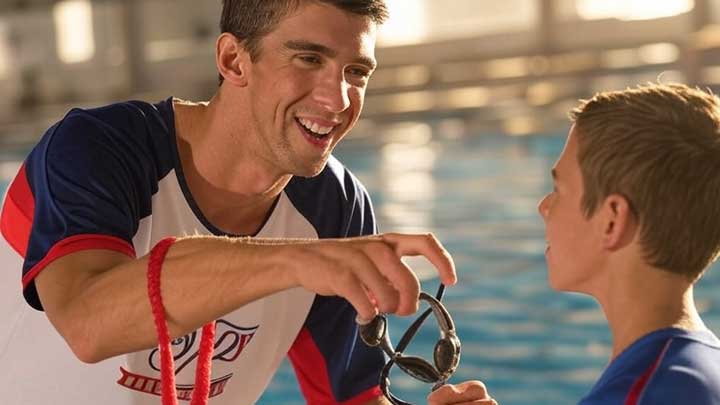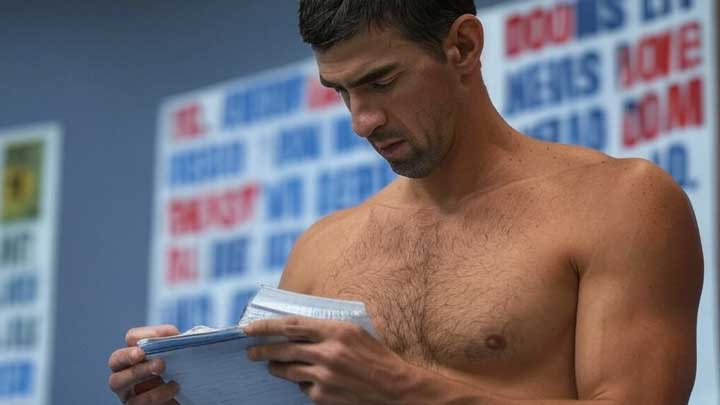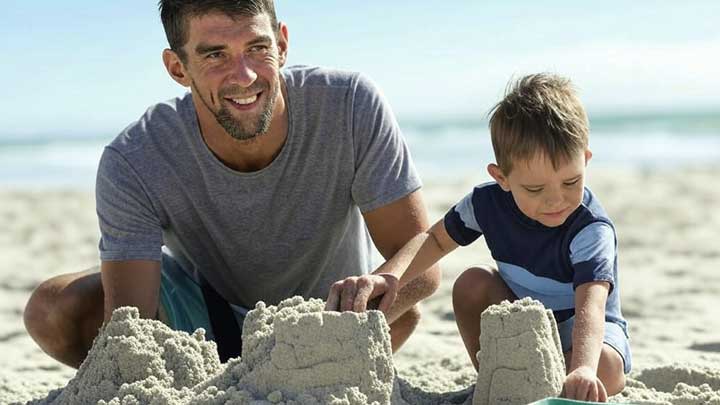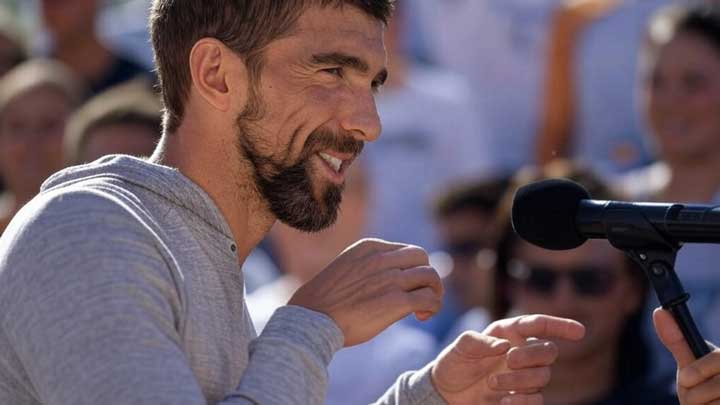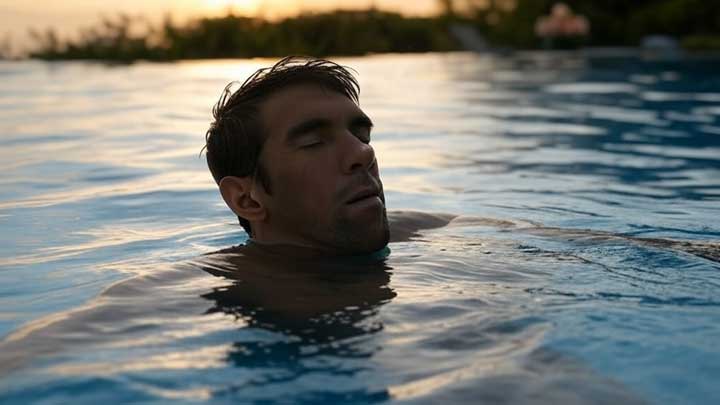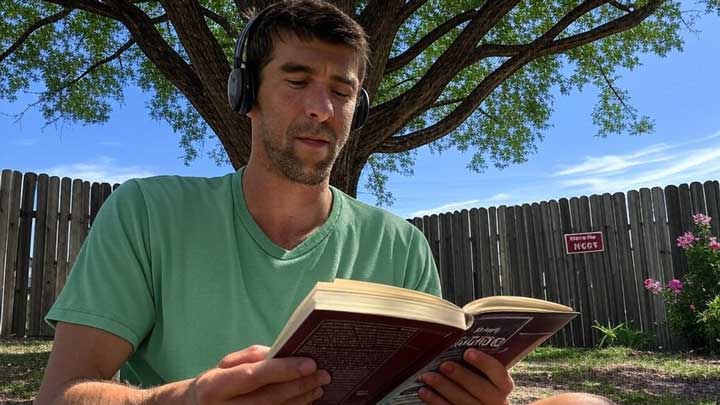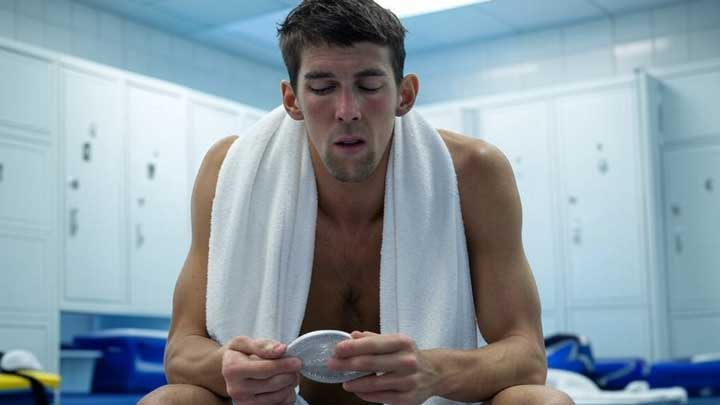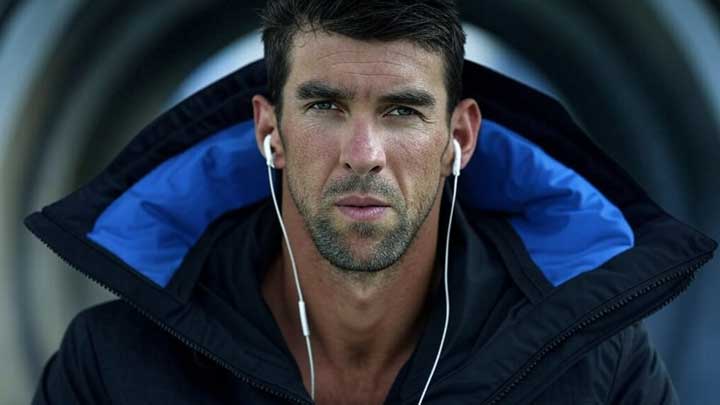
Discover the personality of Olympian Michael Phelps through Cattell’s 16 Personality Factors. A deep dive into what drives athletic greatness and emotional resilience.
Michael Phelps: The Mind Behind Olympic Mastery
Michael Phelps, the most decorated Olympian in history, stands as a symbol of not only physical excellence but also emotional resilience and mental health advocacy. This Personality Report of Michael Phelps explores the dynamic blend of discipline, vulnerability, and unmatched athletic prowess that has defined his journey, framed through the lens of Cattell’s 16 Personality Factors. Michael Phelps has been open about facing clinical behavior issues including Attention Deficit Hyperactivity Disorder (ADHD), major depression, anxiety, and struggles with substance use. Understanding the Michael Phelps personality offers an inspiring view into how inner battles and extraordinary achievements can coexist, creating a legacy far beyond Olympic medals.
